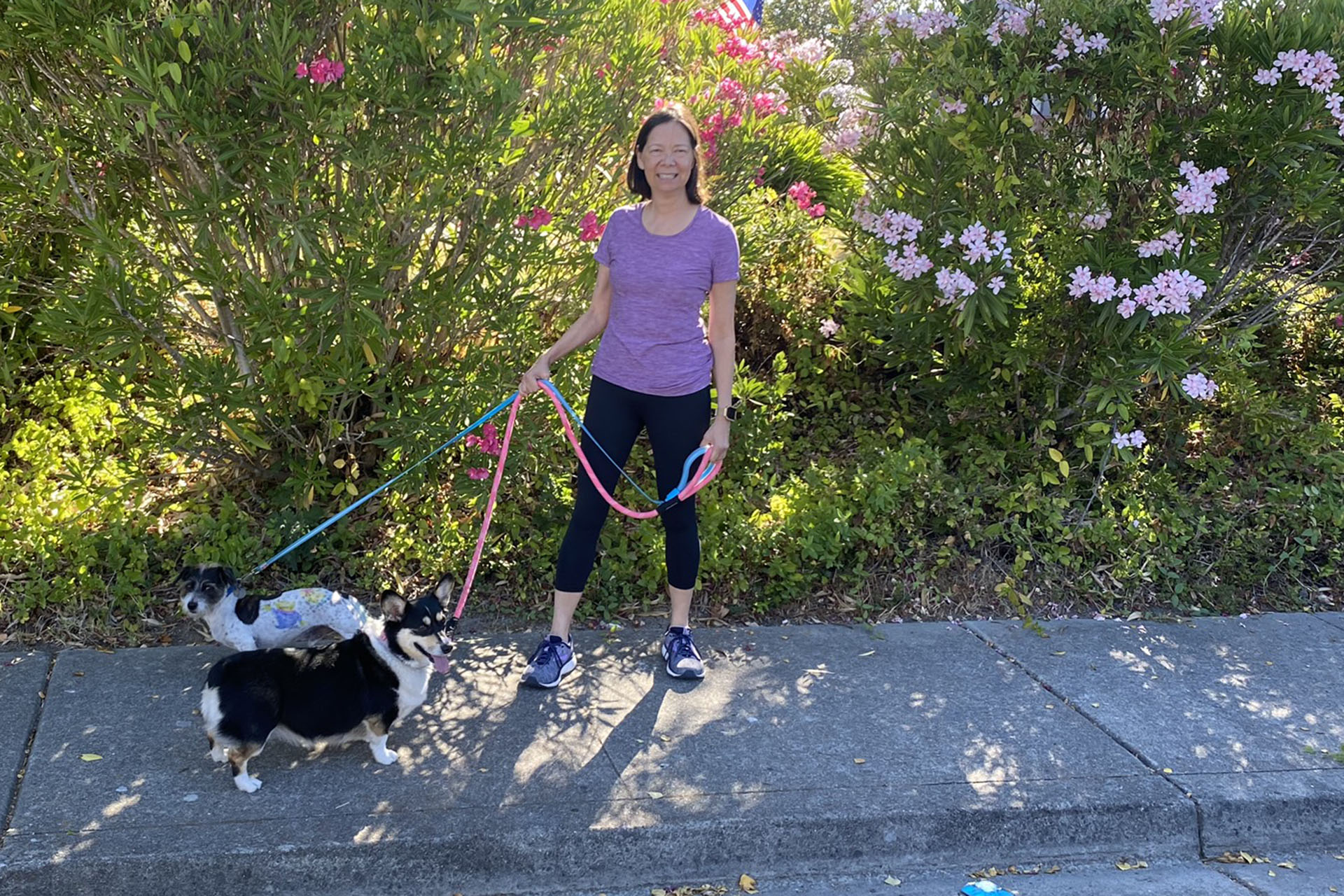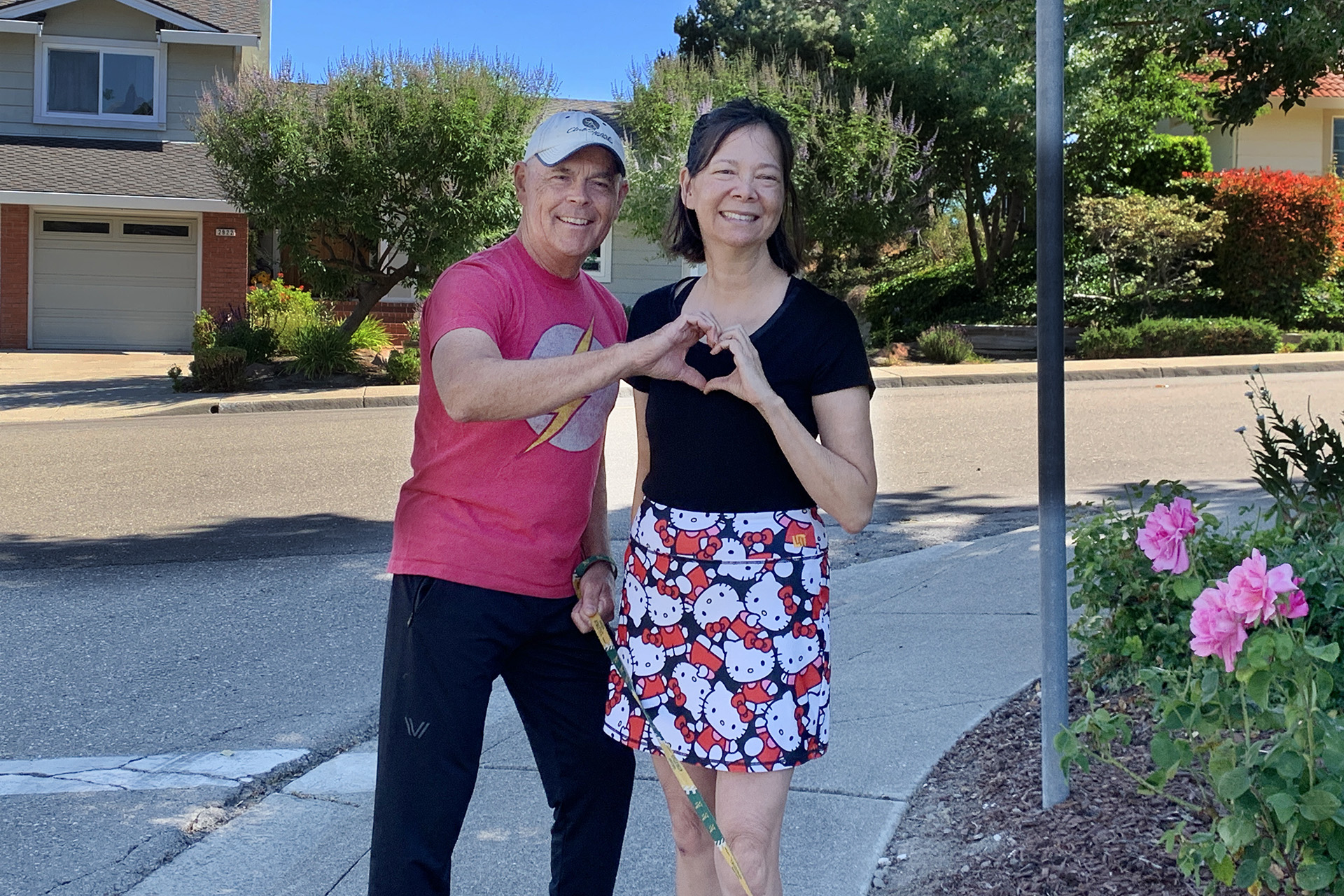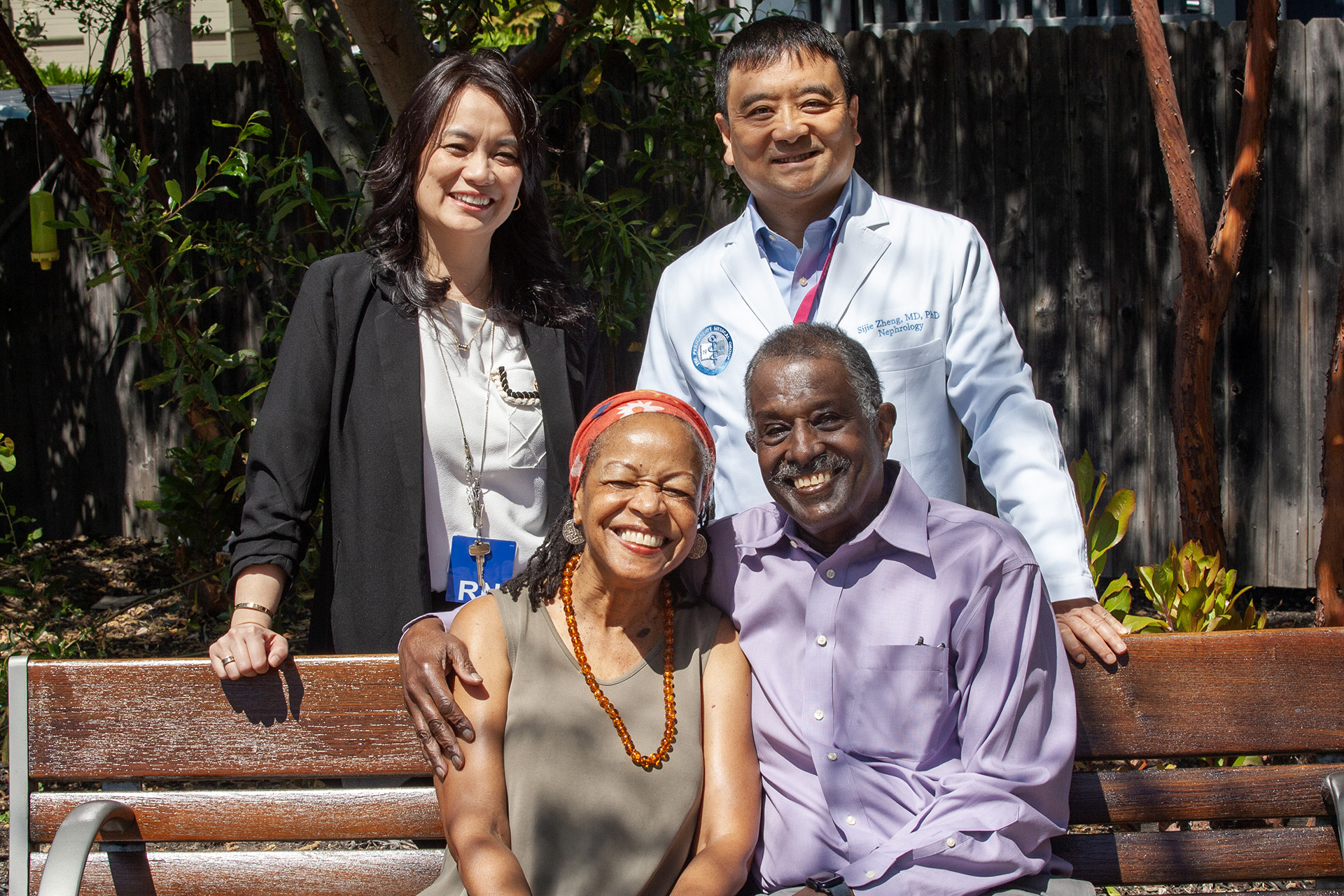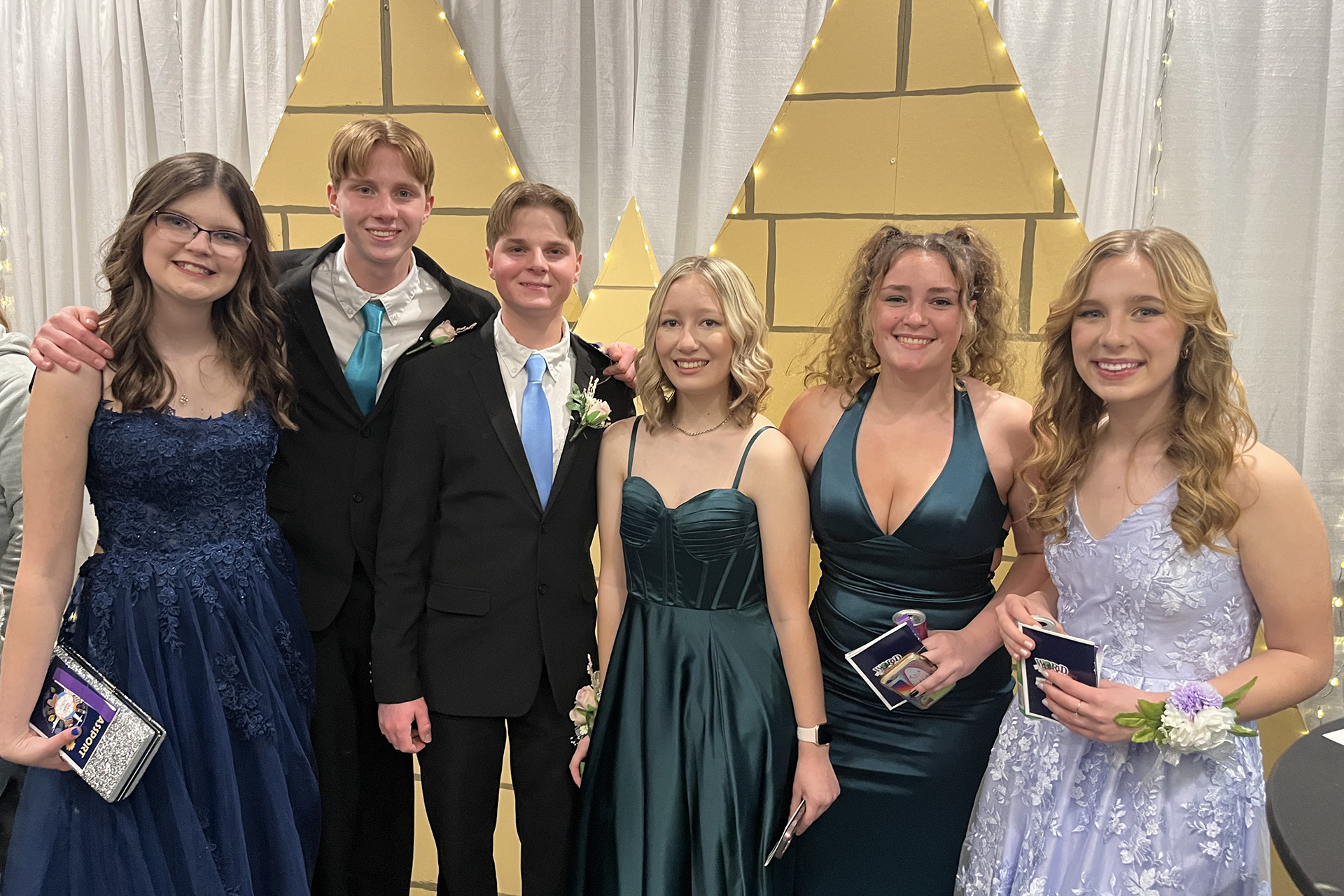Heather Westmoreland was standing in line at the grocery store when she felt a sharp pain in her chest like she’d never felt before. “My chest seized up, like someone’s hand was squeezing my whole chest really tightly,” she explained. “And then I saw light flashes, like I was on the verge of a migraine.”
Westmoreland went home and considered taking a nap, but because the pain wasn’t getting better, she decided to go to the emergency department at Kaiser Permanente Walnut Creek.
It’s a good thing she didn’t wait. Christopher Peart, DO, quickly diagnosed Westmoreland with an aortic dissection — a life-threatening tear in the wall of the aorta, the main artery that carries blood from the heart to the rest of the body.
“I saw the image of my heart, and my aorta looked like a hose bursting apart,” Westmoreland recalled. “It was pretty obvious even to an untrained eye like mine.”
Life-Saving Speed
Westmoreland was rushed to Kaiser Permanente San Francisco, where cardiothoracic surgeon Geoff Allen, MD, replaced her ascending aorta and a part of her aortic arch. “We were able to spare her aortic valve,” he said, which prevented the need for a valve replacement.
Time is of the essence with aortic dissections, with the mortality rate rising quickly with each hour that passes.
“A significant number of people who experience a dissection don’t make it to the hospital alive,” Dr. Allen explained. “The classic symptom is sudden tearing or ripping chest pain, similar to a heart attack, so if you experience similar symptoms, don’t wait — the best thing you can do is come in and be evaluated immediately.”
A self-described “germophobe,” Westmoreland was relieved to see rigorous precautions in place to prevent COVID-19 infection. These include screening for symptoms, requiring everyone to wear masks, and increased cleaning and disinfection of equipment and facilities.
A little more than 12 hours after experiencing chest pain, Westmoreland was out of surgery and starting her recovery.
Caring for Patients ‘In a Way No One Else Can’
Westmoreland benefited from the work that Dr. Allen and his colleague Matthew Solomon, MD, PhD, a cardiologist, researcher, and director of the Center for Thoracic Aortic Disease, have done in Kaiser Permanente Northern California. In addition to caring for patients who have already suffered aortic dissections, the center treats patients and their families with aortic aneurysms and genetic disorders that affect the structure and functioning of the aorta, with the goal of preventing life-threatening dissections.
A key feature of this work is a regionwide program offering risk assessment, comprehensive evaluation, and preventive care for all patients with aortic aneurysms and their families. An automated system helps them get standardized follow-up care, and a coordinated team of nurses and physicians monitors them through regular screenings and check-ups.
“This is one of the most important ways that lives are saved,” said Dr. Solomon. “Only at Kaiser Permanente with its large membership base could we track 10,000 patients with aneurysms and ensure they’re getting high-quality care. We have the largest patient population, the best technologies, and the analytics to serve these patients in a way that no one else can.”

‘I’m One Lucky Duck!’
Westmoreland returned home 5 days after her surgery and is recovering with support from her husband, Jon. After a few initial visits from a home health care nurse and physical therapist, she now receives follow-up care through telehealth calls and video chats.
“I’ve felt very well taken care of by my doctors each step of the way, and I love how Kaiser Permanente focuses on total health and not just my current health issue,” she said.
“I am one lucky duck!”





This Post Has 0 Comments